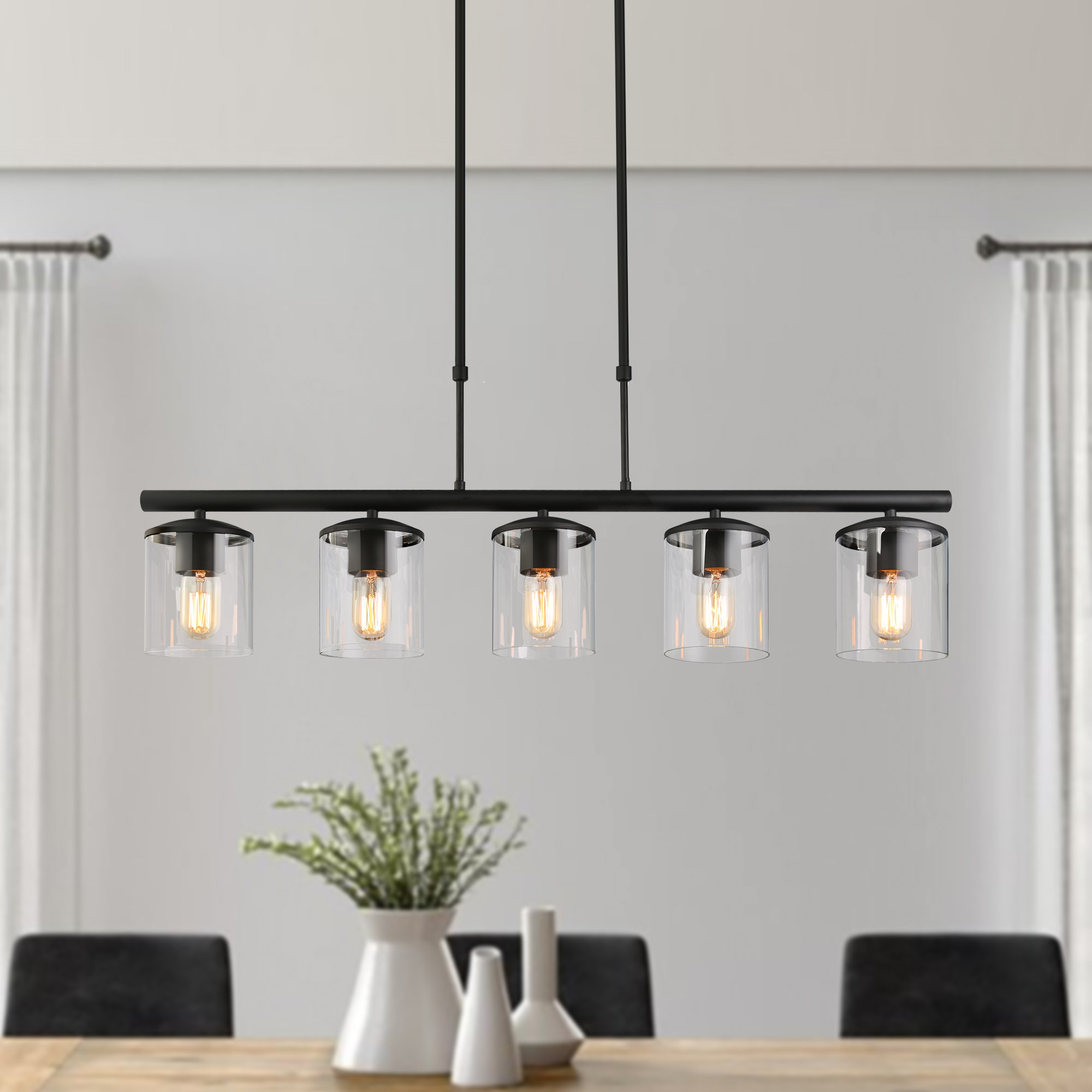Introduction
The industrial Scandinavian design style is an amalgamation of two distinct styles – the minimalist functionality of Scandinavian design and the rustic, rawness of industrial design. It combines form and function in a way that is both aesthetically pleasing and practical. This article will explore the evolution and characteristics of industrial Scandinavian design, its key features, and how to achieve this style in your interior design.
Historical Evolution of Industrial Scandinavian Design
Industrial Scandinavian design emerged in the early 1900s in Northern European countries like Sweden, Norway, and Denmark as a response to the Industrial Revolution. The emphasis was on the functional aspects of design and the use of simple materials. The design style was characterized by the use of wood, steel, and glass materials that were carefully crafted to make them aesthetically pleasing and functional.
In the 1970s, Scandinavian design influenced the growth of the minimalist movement, characterized by functional and simplistic forms. The industrial design movement also emerged in the 1960s, characterized by exposed mechanical and structural elements. Industrial Scandinavian design evolved as these two styles merged, with the former providing the calm color palettes and clean lines while the latter brought the raw and rustic aesthetics.
Key Features of Industrial Scandinavian Design
Industrial Scandinavian design features clean lines and a minimalist color palette. The colors are usually muted and neutral, with the focus being on contrasts between light and dark shades to create a sense of depth and texture. The design style also emphasizes natural materials such as wood, leather, and metal, which are treated with a rough finish. The raw and rustic elements add warmth and texture to the space, making it feel cozy and inviting.
Another key feature of industrial Scandinavian design is space optimization. The furniture pieces are designed to maximize space and functionality, with an emphasis on clean and uncluttered lines. The use of open shelving and storage solutions helps to maximize storage space while keeping the room look spacious and well-organized.
How to Achieve Industrial Scandinavian Design in Your Interior Space
To achieve an industrial Scandinavian design style in your home, you need to start with a neutral color palette, mainly muted tones of gray, white, and black. These colors form the foundation of the design style, with accent colors being introduced through accessories like pillows or rugs. The use of natural materials such as wood and leather helps to provide the texture needed in the space while adding visual interest.
When it comes to furniture, choose pieces that are designed to be functional, sleek, and uncluttered. Avoid bulky or overstuffed furniture as they tend to make the space feel crowded and overwhelming. Lighting is also an important element to consider, as it helps to create the right ambiance in the room. Use pendant lights or floor lamps with exposed bulbs to add a touch of industrial style to your space.
